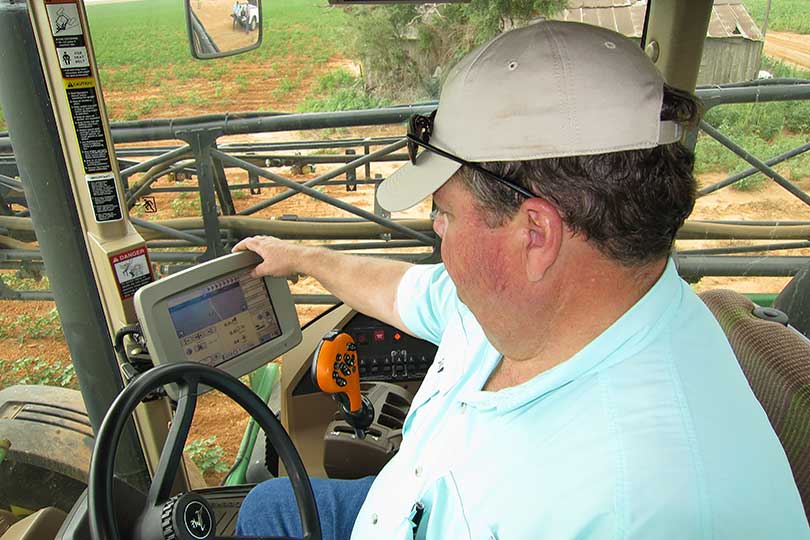Deciding whether to adopt new technologies can be complex, and most farm managers analyze the full costs and benefits of the proposed investment. That holds true for precision agriculture technology.
“Precision-agriculture technologies require a significant investment of capital and time, but may offer cost savings and higher yields through more precise management of inputs,” David Schimmelpfennig, an agricultural economist at the U.S. Department of Agriculture (USDA), wrote in a report.
Precision agriculture technology could pay off with increased operating profits, according to research by USDA.
Guidance or auto-steer systems, variable-rate technology (VRT) and GPS-based mapping systems were the three technologies examined in the study, Farm Profits and Adoption of Precision Agriculture.
GPS and VRT systems allow farmers to know how much fertilizer, seed or crop protection to apply.
Tractor guidance or auto-steer systems have gained more users in the past decade for all major field crops than variable-rate input application, according to Successful Farming. The guidance systems use GPS coordinates to automatically steer farm equipment like combines, tractors and sprayers.
Guidance systems also reduce costs by pinpointing precise field locations within a few inches, according to Feedstuffs. Guidance is used on 50 percent of U.S. corn and soybean acres, while only 28 percent to 34 percent of those acres take advantage of VRT. Guidance systems used on corn farms boost operating profits by an estimated 2.5 percent and increase net returns by about 1.5 percent.
Soil mapping using GPS coordinates and VRT are used on 16 to 26 percent of all corn and soybean farms.
Corn farms with acreage over 2,900 were twice as likely to adopt precision agriculture than smaller farms. About 80 percent use guidance systems, 70 to 80 percent use yield mapping and 30 to 40 percent use VRT, the USDA estimates.
The study showed using VRT can slightly push operating profits and net returns on corn farms up by 1.1 percent.
The use of guidance systems tends to be quickly adopted by other farmers once adopted for a particular crop.
Smaller corn operations (140 to 400 acres) that use precision agriculture technology have 60 to 70 percent lower hired labor costs, while corn farms larger than 400 acres that use precision mapping and guidance have increased hired labor costs. The USDA said this may be due to the use of information management and field operation specialists.
Get the full survey results online.

